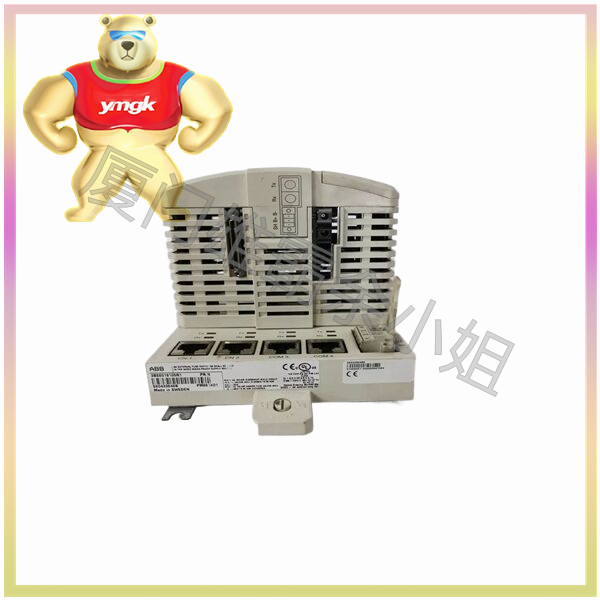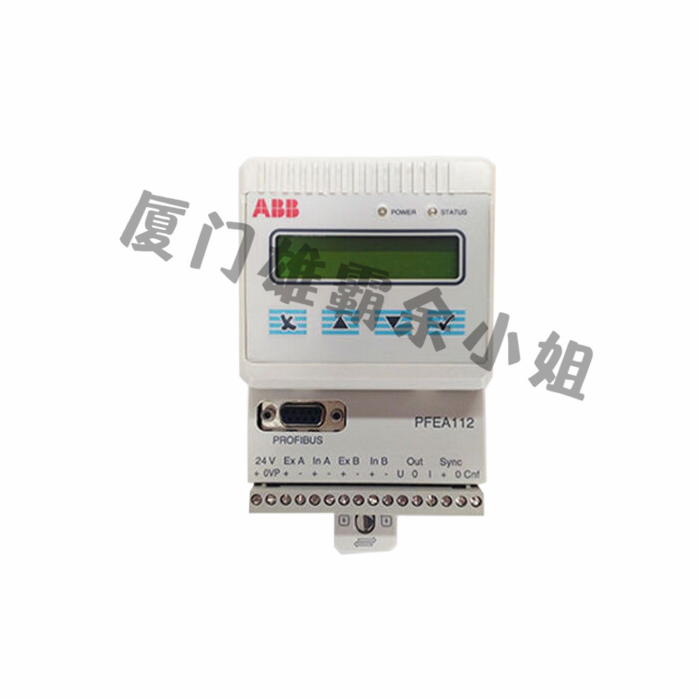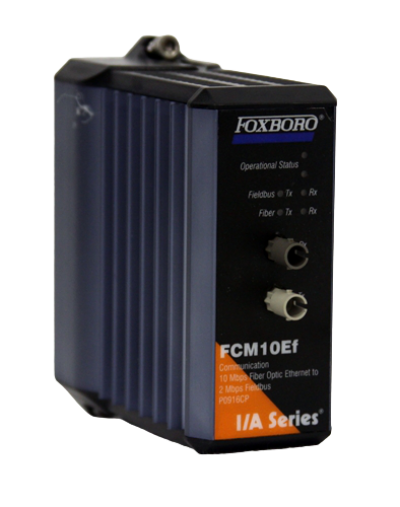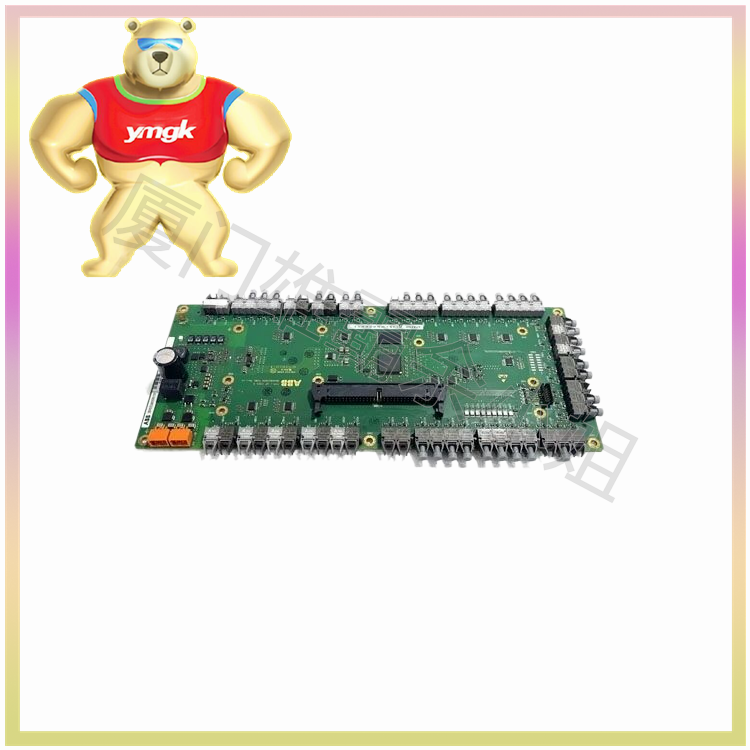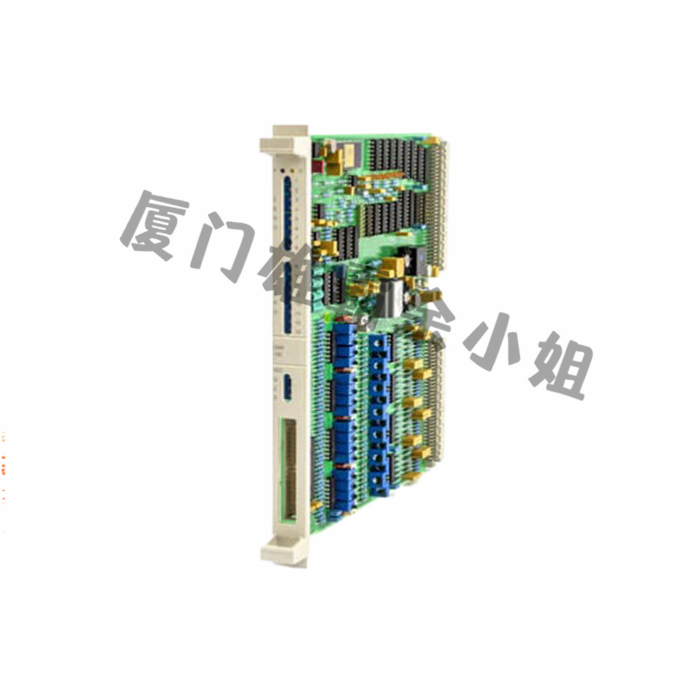The application of digital sensors and exciters driven by digital signals is very extensive. Almost all variables in reality (such as temperature, flow rate, pressure, speed, etc.) can be measured using digital sensors, and their digital outputs have multiple formats. This article first classifies digital sensors based on their output signals and circuit interface types, and then points out the issues that should be noted when selecting digital I/O modules that interface with sensors.
Digital sensors are different from analog sensors. The output value of analog sensors is a continuously changing value throughout the entire output range, while digital sensors only have two types of output values, either “0” or “1”. A touch switch is the simplest example of a digital sensor. When not pressed, the touch switch is usually an open circuit with infinite impedance, but when pressed, it becomes a short circuit with zero impedance.
Classification of digital sensors
Due to technological advancements, various complex digital sensors have emerged in the market, and today’s sensors are capable of generating a long series of switch state transitions. When using these sensors, the frequency characteristics of the output pulse sequence, and even the pulse shape, can characterize the measurement results of the sensors, making continuous measurement possible.
